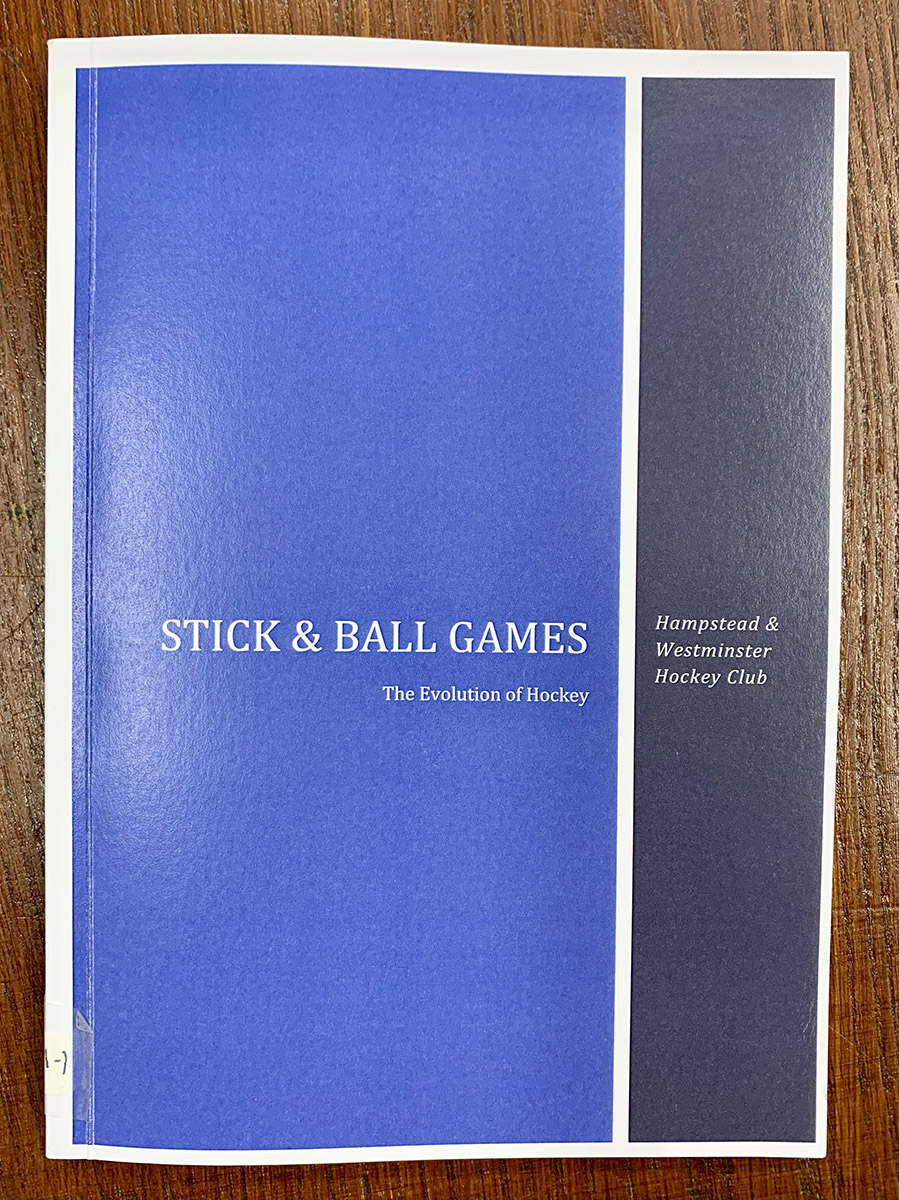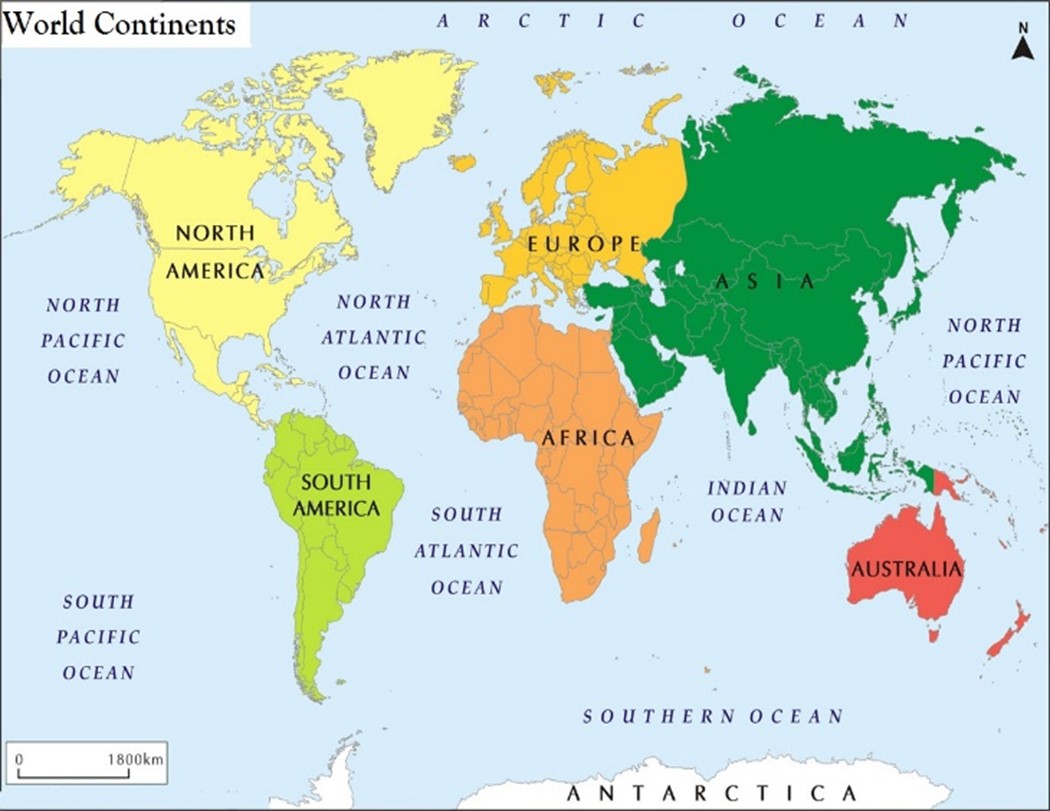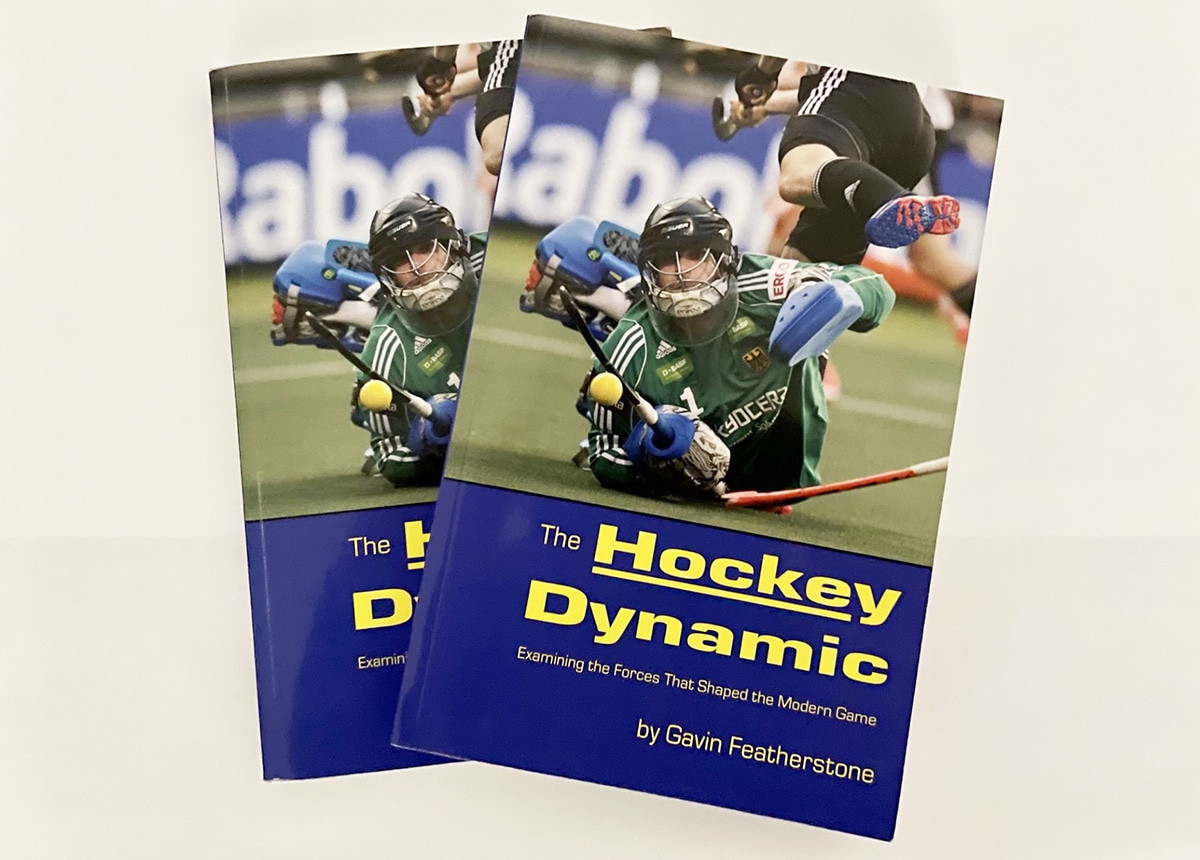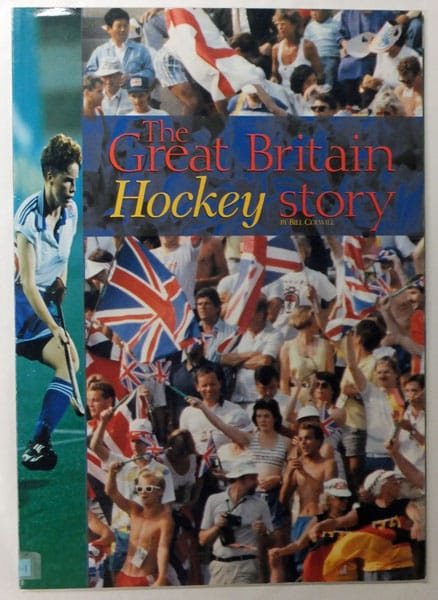 The library at The Hockey Museum (THM) grows slightly every week, normally due to hockey books (or books containing reference to hockey) from the past. A couple of times a year we have a newly published book; however, it is rare for a new publication to be from the ‘pen’ of one of our THM volunteers. This week we are delighted to welcome a publication by Ian Smith, archivist and historian of Hampstead & Westminster Hockey Club and a key historian in THM’s team. Ian has self-published before, mainly on his beloved club, but this time he is looking at the history of hockey more generally.
The library at The Hockey Museum (THM) grows slightly every week, normally due to hockey books (or books containing reference to hockey) from the past. A couple of times a year we have a newly published book; however, it is rare for a new publication to be from the ‘pen’ of one of our THM volunteers. This week we are delighted to welcome a publication by Ian Smith, archivist and historian of Hampstead & Westminster Hockey Club and a key historian in THM’s team. Ian has self-published before, mainly on his beloved club, but this time he is looking at the history of hockey more generally.
THM receives regular and very varied questions about the history and origins of our sport and Ian’s book throws interesting and varied light on the early forms of ‘stick and ball’ games that emerged around the world over many centuries. These were before the modern game of hockey emerged and some of them continue to this day.
Ian has compiled a short collection on behalf of Hampstead & Westminster Hockey Club explores indigenous stick and ball games across six continents and the traditions that led to the evolution of our sport. It ends with the version of hockey played at Teddington HC from the early 1870s that established the modern game, using a cricket ball and playing on close cut grass, with eleven players in, by and large, an association football formation.
In between, the collection covers indigenous sports that arose independently of each other, such as palin, beikou, khong kangjei and lacrosse. Some of these sports were preparations for warfare, such as knattleikr and some for ceremony or religion, including genna. Some had an early established drinking culture, such as bandy, played for winnings of beer and mutton. Some involved sticks that were made or carved purposefully: others used branches or roots of trees, such as dumbung that adopted a carved mangart tree root.

Some stick and ball games are of British origin, such as bandy played on ice-filled dykes in the Fens and bando played in the Vale of Glamorgan, Wales. In some games, the name is derived from that of the stick, for example the hurley and lacrosse. In some, the ball is carried and not struck.
The collection also offers a review of shinty and hurling, frequently regarded as having elements similar to hockey that suggest a connection. Another derivative was the form of hockey played by Blackheath, using a rubber bung, that predated the version played by Teddington and led the games to go their separate ways until the latter prevailed.
Modern-day hockey only truly began to emerge with the compilation and recording of rules to govern how the game was played. This was not unique to hockey. Other sports that were coming into their own had to confront the same problem. Initially no written rules were required as all players knew what they were; but as the game expanded beyond localities this was no longer sustainable. Expansion encouraged the formation of clubs. Leisure time became increasingly available as the restrictions on labour were relaxed. The ability to travel increased enormously with the development of the railways.
Editor: the opinions presented in this article are those of the individual assigned to review this particular book. They do not represent the views of The Hockey Museum.
Purchasing
For those who are intrigued, the book is available in paperback format, on application to The Hockey Museum, at the price of £10.00 plus £2.50 for postage and packing, with the proceeds applied to THM. Please enquire if you require shipping outside of the UK.
Visit the website contact form (click here) and choose “THM shop” to email our shop directly.








